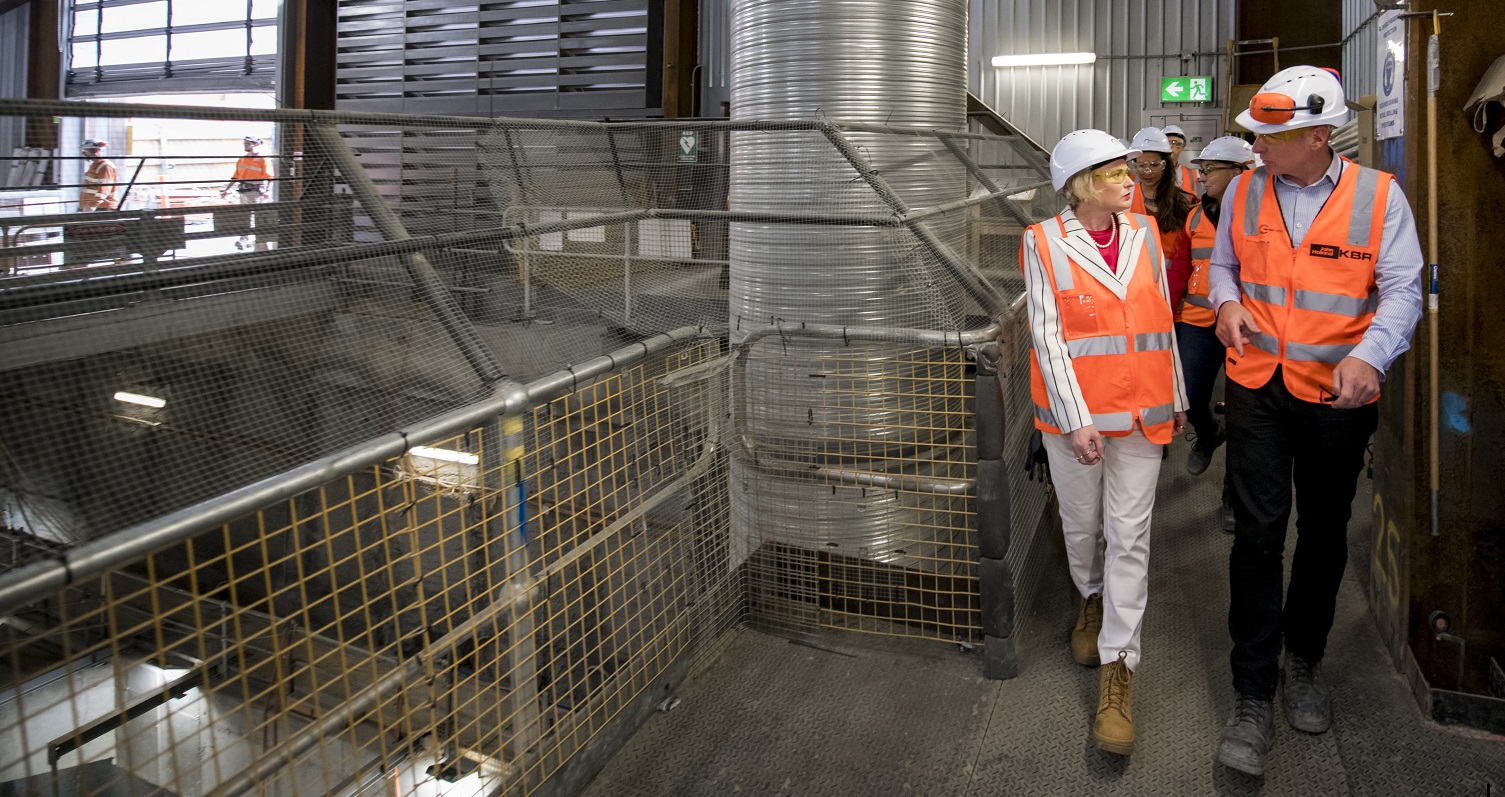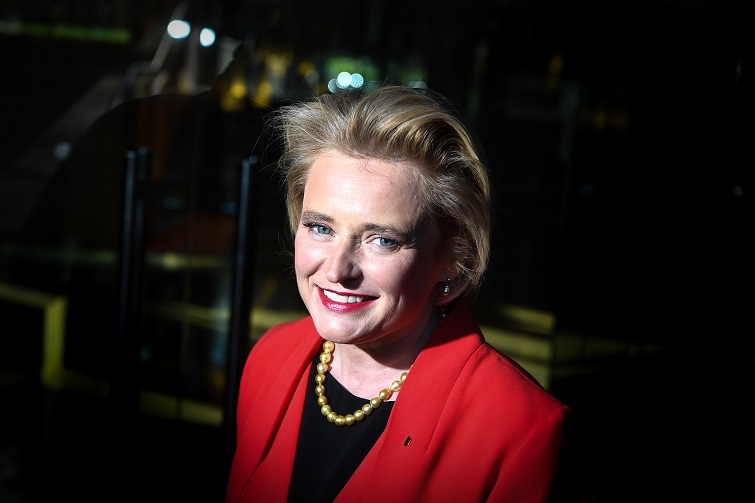
At the age of 16 Dr Collette Burke, Victoria’s first Chief Engineer, had her first real taste of engineering.
Some of her extended family members were working on construction sites and she would go and spend time with them.
“I was absolutely amazed with the dynamics and pace of work on the sites. Each day was completely different and each site was transformed very quickly into something better than was there previously,” said Dr Burke.
“After a couple of weeks, I decided I wanted to work in the field and this only grew in my final years of high school.”
Dr Burke was appointed Victoria’s first Chief Engineer in 2018 – so what has her role involved so far and what’s planned?
“The role provides expert advice and support on design and engineering aspects to the Victorian government on major infrastructure projects.
“We’ve been strongly focused on addressing the many opportunities that engineers can provide to the Victorian Government.
“For example, the state-wide use of digital engineering, performance-based specifications and fit-for-purpose assets; increasing the visibility of the profession; and improving gender and cultural diversity,” she said.

Dr Burke is particularly interested in driving strategies on Future Cities, Industry 4.0 and connected environments.
“This is really where society needs to head and I think engineers are in the driver’s seat to make this happen – the sky really is the limit,” she said.
Established by the Victorian government, the Chief Engineer role complements the unprecedented level of infrastructure happening across the state.
By way of example, since March 2018, the Victorian Government’s annual infrastructure investment will average $10.2 billion over the next four years – more than double the average during the previous 10 years.
“My role will also look at how we can raise the profile of the engineering profession to safeguard Victoria’s future growth,” said Dr Burke.
“As part of this, a prime opportunity is addressing the gender inequality of the engineering workforce – less than 14 per cent of the career engineering workforce is female.
“This means we are effectively missing half a workforce, and that only half of our community are represented in the things that engineers do,” she said.
Dr Burke will also continuously be asking how Victoria can bring various bodies closer together – to be able to share knowledge and current and future issues and challenges, and to work towards providing benefits for everyone.
“We need to forge these partnerships because each of the different entities are essential in the successful delivery and development of our future infrastructure, assets, cities and regions.
“Collaboration is imperative as many of these stakeholders have developed solutions to many problems and challenges that we all face.
“It’s a totally wasted opportunity if we don’t make the most of those existing efforts,” she said.
Dr Burke is a good example of how a young woman can have a successful career in engineering.
When she was younger and entered the profession, she was quite oblivious to the fact that gender was an issue in engineering. “I was just so excited to be in the industry, that I didn’t see being female as a barrier.
“I was quite fortunate that I didn’t feel impacted in the early days but, as you move on in your career, you realise the importance of continuing to develop and retain more young women engineers,” she said.
“With less than 14 per cent women in engineering, they are a vital proportion of the industry and provide diversity in ideas, solutions and capabilities.”
Dr Burke has always actively advocated for women within the industry across the wide range of organisation types and different career paths she has worked in.
“It should be a common and high-level priority across the whole sector to raise the bar and, until the engineering profession reaches equality, we still have lots of work to do.”